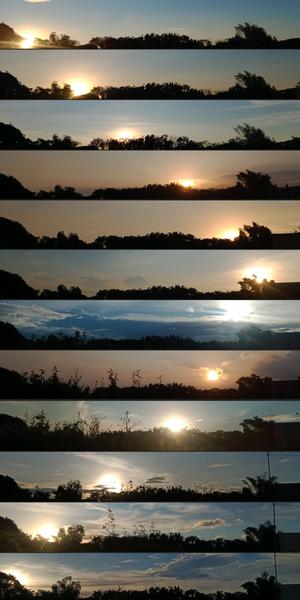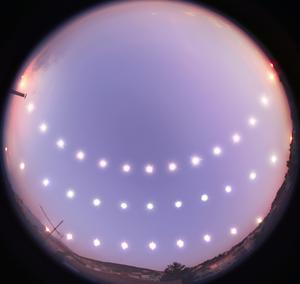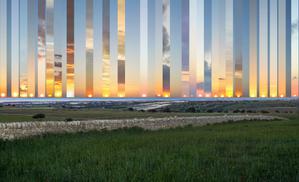Glossary term: 二至点
Description: 地轴并非垂直于地球围绕太阳的轨道平面,而是与垂直方向呈23.4度的倾斜角。因此,在地球轨道的不同位置上,地轴与太阳视线之间的角度在一年内是不同的。这种现象的实际效果是,对于地球上的观测者来说,太阳在一天中达到地平线上最高点的高度会随时间而变化。北半球夏至,同时也是南半球的冬至,大约发生在6月21日,此时太阳在北半球的高度到达一年中的最高点,同时在南半球的高度则到达最低点。而南半球夏至,同时也是北半球的冬至,大约发生在12月21日,此时太阳在南半球的高度到达最高点,同时在北半球的高度则到达最低点。
Related Terms:
See this term in other languages
Term and definition status: The original definition of this term in English have been approved by a research astronomer and a teacher The translation of this term and its definition is still awaiting approval
The OAE Multilingual Glossary is a project of the IAU Office of Astronomy for Education (OAE) in collaboration with the IAU Office of Astronomy Outreach (OAO). The terms and definitions were chosen, written and reviewed by a collective effort from the OAE, the OAE Centers and Nodes, the OAE National Astronomy Education Coordinators (NAECs) and other volunteers. You can find a full list of credits here. All glossary terms and their definitions are released under a Creative Commons CC BY-4.0 license and should be credited to "IAU OAE".
If you notice a factual or translation error in this glossary term or definition then please get in touch.
Related Media
每月日落的地方
Credit: John Paul Pile/IAU OAE (CC BY 4.0)
License: CC-BY-4.0 Creative Commons 署名 4.0 国际 (CC BY 4.0) icons
太阳的轨迹
Credit: Frank Niessen/IAU OAE (CC BY 4.0)
License: CC-BY-4.0 Creative Commons 署名 4.0 国际 (CC BY 4.0) icons
日至和日分
Credit: 通奇·特泽尔/国际天文学联合会教育办公室 (CC BY 4.0)
License: CC-BY-4.0 Creative Commons 署名 4.0 国际 (CC BY 4.0) icons
西落幅度
Credit: Marcella Giulia Pace/IAU OAE (CC BY 4.0)
License: CC-BY-4.0 Creative Commons 署名 4.0 国际 (CC BY 4.0) icons












